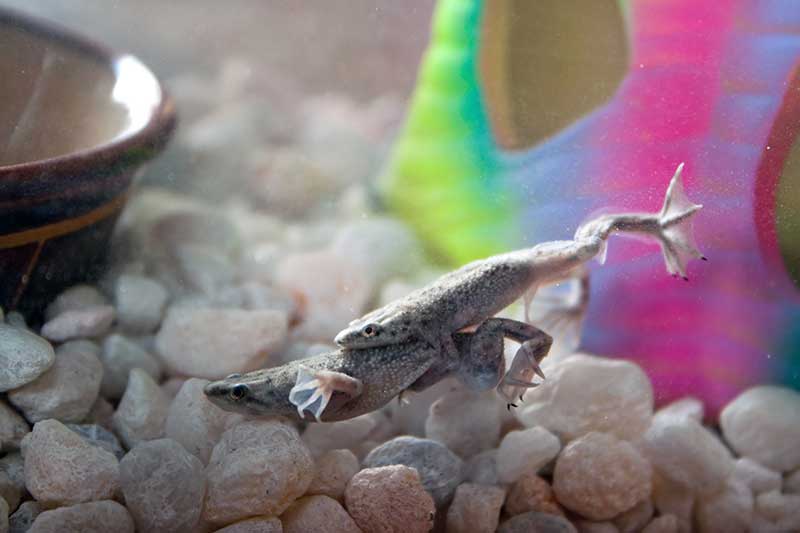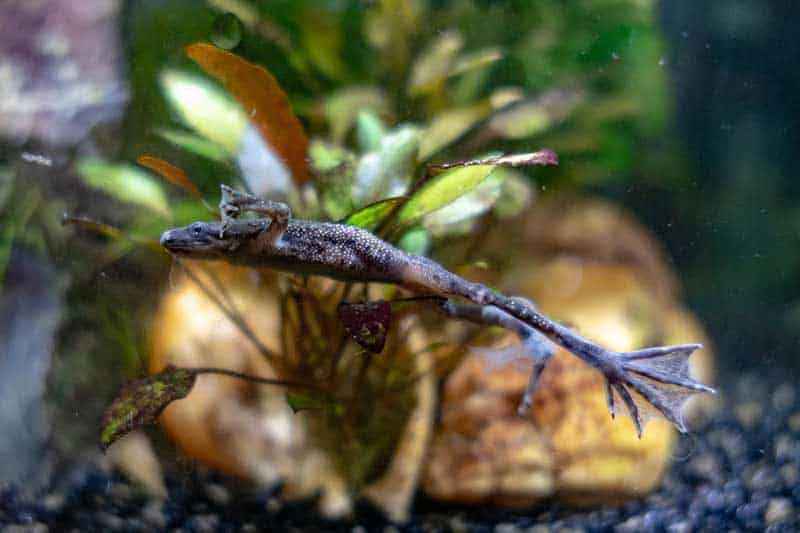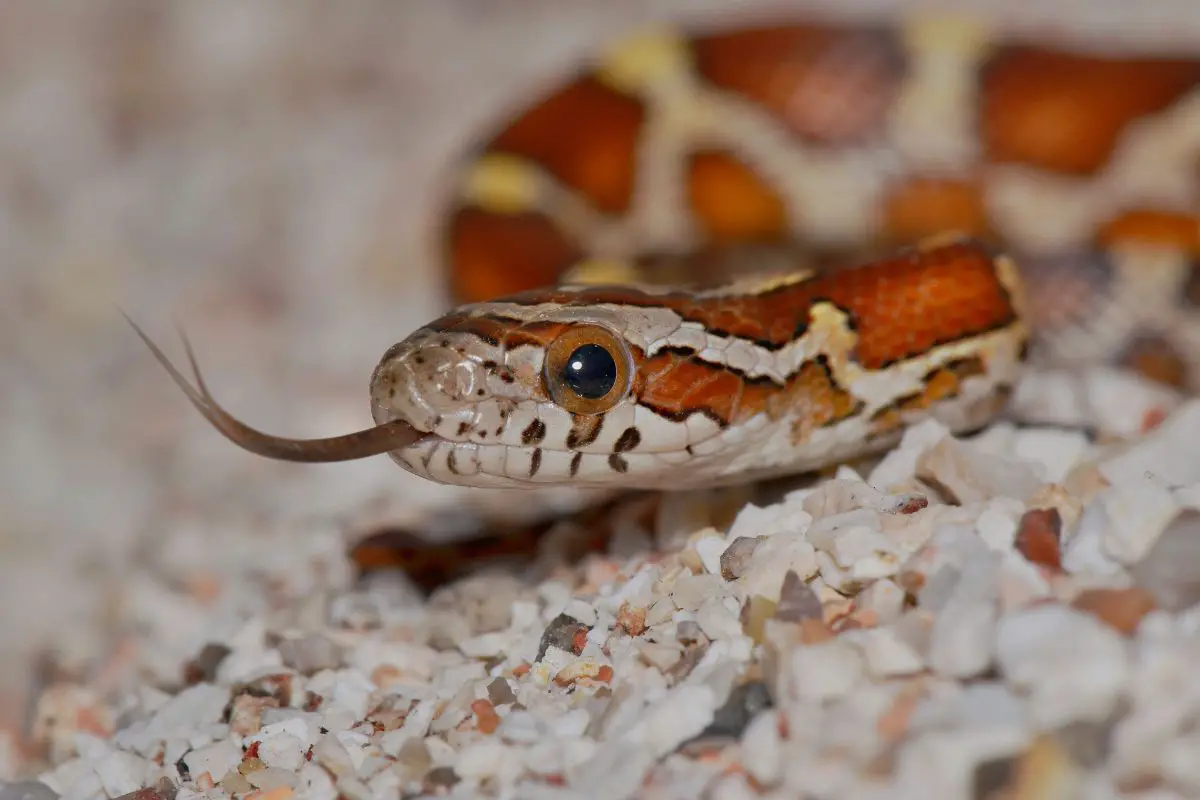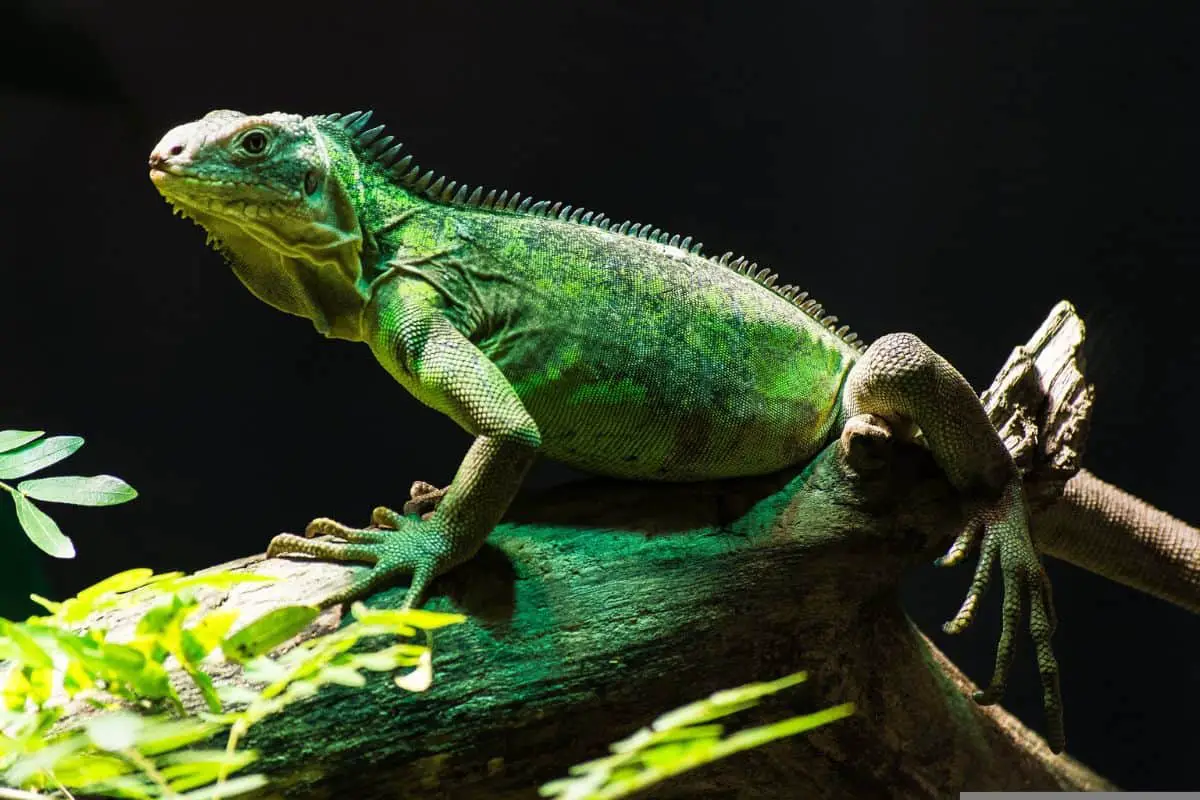African dwarf frogs are peaceful, not fussy eaters, and fun to watch. They are considered one of the best aquatic frogs for beginner frog owners. This is especially so since they don’t take up much space and can be kept in aquariums alone or with other aquatic species.
There are four specific species of African dwarf frogs. However, they all require the same type of care as pets. The main differences are the freshwater regions they are native to, body part sizes, and certain patterns or wart locations on their body. These frogs can range from brownish green to olive green, with sprinkles of small spots on their back. While they are aquatic and need to live in the water, they will rise to the surface occasionally to breathe.
If you are considering an African dwarf frog as a pet, you’re in the right place. This article will cover everything you need to know about caring for your pet frog, including how to set up their habitat, what to feed them, and other things to be aware about.
African Dwarf Frog Care Sheet
Common name: African Dwarf Frog
Scientific genus: Hymenochirus
Range: Throughout Africa, especially near the Equator
Lifespan: Around 5 years
Adult size: Up to 2 inches long
Temperament: Peaceful, docile, active, shy, and social with other African dwarf frogs
Housing
While you could house your African dwarf frog in a 5-gallon aquarium, at least 10 gallons is best. Ideally, you want around 1 to 2 gallons of water per frog, so they have room to swim around. Larger tanks also make controlling water parameters and keeping the water clean easier. It also improves your pet’s quality of life when they can explore their surroundings. In contrast, a crowded tank can lead to stress.
Ensure the aquarium isn’t too deep since these frogs are bottom dwellers and not great swimmers, but will require surfacing for air. Select a longer tank that’s no more than 20 inches deep. Examples include this Aqueon 10-gallon aquarium. They also can’t swim well in strong currents, so make sure the aquarium filter isn’t too powerful.
Aquariums with screened lids are okay, however, a tank with a lighted hood can provide illumination and reduce splashes. A cover to your tank is required. These frogs can jump and if they accidentally land outside of the tank they will dry out and die out of the water. You should also place the tank away from direct sunlight or drafty areas that can influence the temperature of the water.
Temperature and Lighting
Dwarf frogs require 8 to 12 hours of light per day and you can use an automatic timer to monitor lights. Some products, such as this Hygger aquarium LED light, provide different light mode options to mimic sunrise, sunlight, and moonlight.
The water temperature in the aquarium should be around 74 to 80 degrees Fahrenheit. Warmer temperatures can be okay, however, anything below 68 degrees Fahrenheit can make your pet frog more vulnerable to disease.
You can purchase an aquarium heater to keep the water temperature optimal. For every gallon of water in your tank, you should have 5 watts of power. Examples of products you can purchase include:
- Cobalt Aquatics Mini-Therm Heater
- Hygger Mini Inline Quartz Glass Aquarium Heater
- NICREW Preset Aquarium Heater
You should also make sure the water is at a pH range between 6.5 and 7.8. To help maintain optimal water conditions, you can purchase aquarium test strips that test various elements in the water, including the pH.
Diet and Feeding
Unlike other frog species requiring moving prey, African dwarf frogs will scoop up and eat falling flakes or sinking pellets. These frogs dont have teeth and will swallow their food whole, so make sure it is small enough for them to do that. They can eat:
- Brine shrimp
- Krill
- Bloodworms
- Small live fish
- Frog food pellets
- Commercial fish food
You can give them frozen or free-dried meals. Feed your African dwarf frog twice a day: in the morning and evening. Give them enough food that they can eat within 3 minutes.
Since these frogs are bottom dwellers, they can sometimes be slow and miss their share of food if living in an aquarium with other species. To ensure your African dwarf frog gets enough food, feed them by using tweezers to drop food directly near them.
Substrate
You can use standard aquarium gravel for the bottom of the tank. Layer it between 2 and 3 inches deep. Also, make sure to rinse the gravel before putting it in their aquarium.
Ensure plenty of plants are in the tank since your African dwarf frog will often sit on the leaves to rest. These can be live or artificial plants. Some of the best live plants for them include:
- Java fern
- Java moss
- Duckweed
- Amazon sword plant
- Dwarf Anubias
If you choose to have live plants, purchasing a Flourite substrate is best for your aquarium.
Maintenance
Every day you should check the water temperature and filter. The water quality, including the pH, will need to be checked weekly.
Once a month, change 10 to 25 percent of the total water volume. Do this sooner if the water looks dirty or clouded. You should also vacuum the gravel in the tank during the monthly cleaning and scrub any aquarium decor to remove algae.
Make sure not to clean habitats or items from the aquarium near food preparation areas or in the kitchen sink. This can lead to contamination since frogs can contain salmonella.
Handling
There are various reasons why you shouldn’t handle your African dwarf. The most important is because they dry out quickly when out of the water and can die within 15 minutes. Other reasons to leave your pet inside the aquarium and avoid handling them include:
- They are fragile
- They can leap and be hard to return into the water
- They can struggle in your hands and break a limb that can become infected and fatal to them
- They can carry Salmonella on their skin
- You can strip the slime they need on their body when handling them
5 other tips about African dwarf frogs
1. Things to Include in Tanks
African dwarf frogs are shy and like to hide. Besides live plants that your pet can hide under, you can also include other features, such as small plant pots, coco huts, and hollow tree trunks.
2. Choose Suitable Tank Mates
When choosing tank mates for your pet, make sure they are similar-sized fish and invertebrates. Avoid anything bigger that might eat your frog and any small fish, such as young guppies or fry fish, that your frog might eat.
Also, avoid dwarf cichlids, plecostomus, barbs, and fish that tend to nibble on other animals. Even scratches or superficial wounds can lead to infections in your African dwarf frog.

Good species for their tanks include:
- Other African dwarf frogs
- Killifish
- Danios
- Livebearers
- Tetras
- Hatchetfish
- Gouramis
- Corydoras
3. They Are Sensitive to Vibrations
African dwarf frogs are sensitive to vibrations, including from the hum of electrical equipment and people walking in the room. You can add a padded layer between the tank and the stand to reduce vibrations. Also, make sure to place the tank away from high-traffic areas in your home.
4. Don’t Confuse Them for African Clawed Frogs
The cousins of African dwarf frogs are the African clawed frog (Xenopus laevis). These two species can be confused, however, the African clawed frog is more aggressive hunters and grow much larger. When at the pet store, you can make sure you buy the right species by looking at their feet and eyes. African dwarf frogs have eyes on the side of their head and webbing on their front and back feet. Clawed frogs have eyes on the top of their head and only have webbing on their back feet.
5. Be Aware of Illness Signs
The porous skin of African dwarf frogs makes them more susceptible to skin infections than fish living in the same water. Temperature changes or harmful bacteria from rotted food or organic waste can be harmful to them. Signs of a bacterial or fungal infection include:
- Hazy or cloudy eyes
- Cloudy skin patches
- Inflamed and red blood vessels, especially on their legs and feet
- Patches of cotton-like growth
Other signs they aren’t healthy include:
- Bloating
- Floating at the top of the aquarium
- Weight loss
- Loss of appetite
- Swollen joints
- Excessive skin shedding
African dwarf frogs as pets
If you want to have your first aquatic pet frog, African dwarf frogs are one of the best for beginners. They are peaceful, friendly with each other, and not fussy eaters. They also don’t require a lot of space due to their small size.
In terms of aquatic frogs care, they are generally easy to manage. However, you must ensure proper maintenance of their habitats since they can only survive in the water. If you are willing to check the water quality and temperature and feed them daily, this could be the right pet for you. They are also best for people who don’t want to handle frogs and prefer watching them since they can’t survive outside the water.



